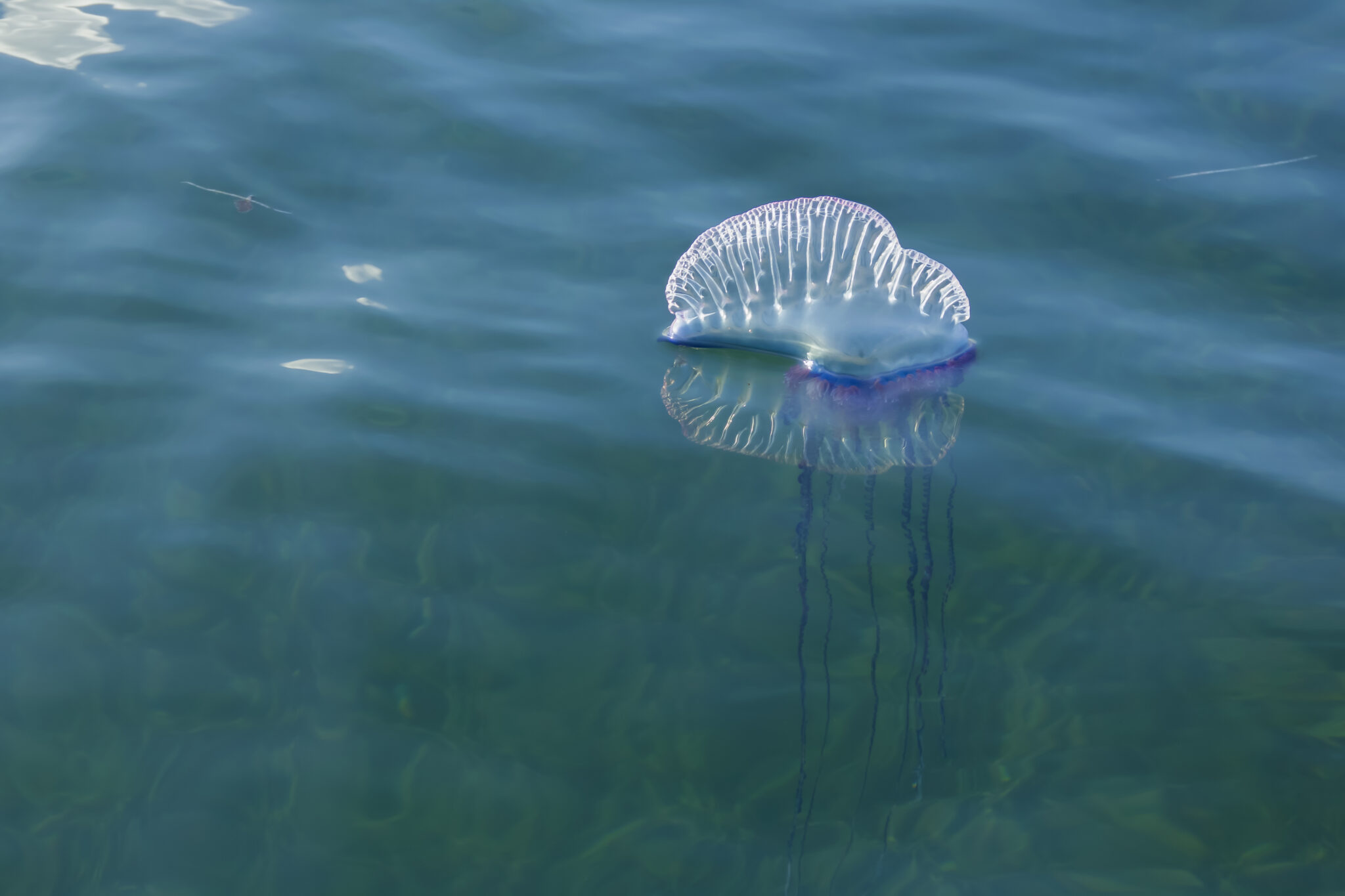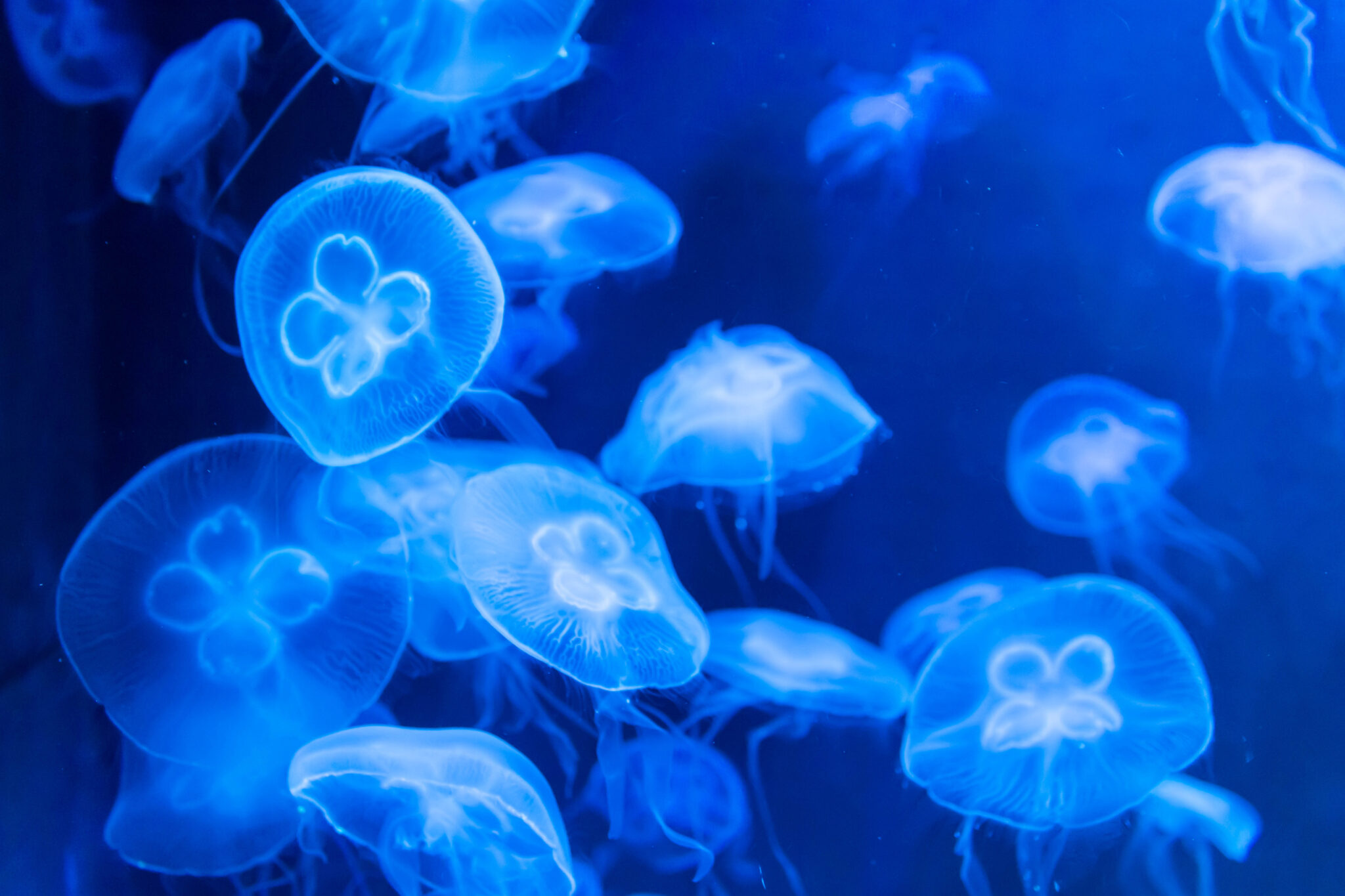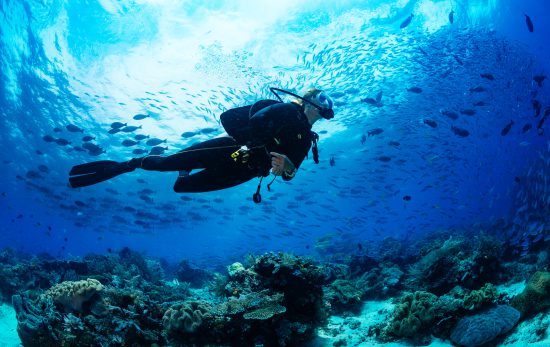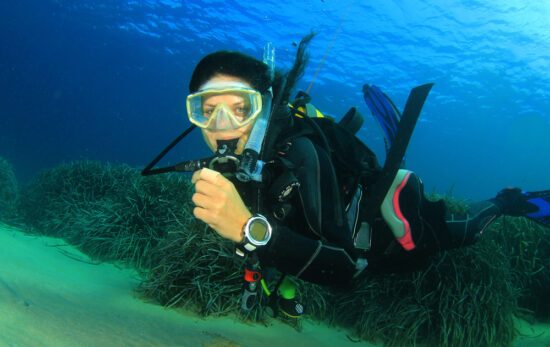Jellyfish don’t have many fans. Sure, it can be hypnotic to watch them dance, pulsating as they propel themselves through the water like living lava lamps. Their captivating beauty, with delicate, flowy tentacles and an ethereal translucence, is undeniable. But for many people, that’s where the fascination ends.
It’s understandable; when you get too close, most humans remember that these delicate-looking creatures can pack a powerful sting. Jellyfish and other cnidarians may have given swimmers unpleasant memories and spoilt a surf day. They can even close down whole beaches when their numbers are high.
As a result, many people see them as ocean pests, but it’s important to remember that they are an essential part of the marine ecosystem. Like all animals, they play a role in the complex food web and help to keep populations of other creatures in check.
Sea turtles are well-known for being fond of jelly snacks, and they’re not the only ones. Mola mola, whale sharks, and even seabirds count on cnidarians as part of their diet. They may not have a lot of calories, but they’re easy prey that doesn’t run away or fight back. This makes them a fast, simple food source.
In order to help you understand these mesmerizing creatures better. Here are some facts about three types of well-known stingers:
Lion’s Mane Jellyfish
Often said to be the longest animal on the planet, the largest known species of jellyfish is the lion’s mane. It gets its name from its orange or reddish color and its abundance of tentacles that look like a lion’s mane. A cold water jelly, generally found in the Arctic, North Atlantic, and North Pacific Oceans. The lion’s mane lives just below the surface and relies on ocean currents to travel. They use their stinging cells to capture prey, including fish, crustaceans, and other smaller jellyfish. Their sting is not fatal to humans, but due to their size and number of tentacles, swimming directly into a lion’s mane can result in a medical emergency. So it’s a good idea to keep a safe distance from them.

Portuguese Man of War
Often grouped with the jellyfish family, the Portuguese man of war or blue bottle is actually a siphonophore, which is a colony of zooids. These small individual organisms work together to function as one. It gets its name from its large, sail-like floats that allow it to catch the wind and travel long distances. It’s found in all of the world’s oceans except for the polar regions. Its long tentacles are typically around 10 meters long, covered with venomous stinging cells used to capture small fish and plankton.
The sting of a Portuguese man of war is incredibly painful. Their tentacles leave whip-like welts on the skin and can be fatal in some cases. Seasonal blooms of these creatures can close beaches and make swimming dangerous. Which is one of the reasons it’s important to always pay attention to local signs and warnings when diving or snorkeling in a new area.

Moon Jellyfish
The moon jellyfish gets its name from its translucent, bell-shaped body that resembles a full moon. You can also identify them by their four petal-shaped gonads visible through their bell. Moon jellies are often seen near the shoreline in temperate waters such as the North Pacific and Atlantic oceans. They feed on plankton, using their tentacles to sting and paralyze their prey. Their sting is not harmful to humans but can cause irritation.
As you can see, these mesmerizing animals come in all shapes and sizes. Every species has its own unique role to play in the marine ecosystem. So, next time you’re at the beach and see a jellyfish floating by, take a moment to appreciate these often-misunderstood sea creatures.
If you want to learn more about the role different species play in the marine ecosystem, learn to dive. Get your PADI certification and see these lovely creatures in their natural environment.


